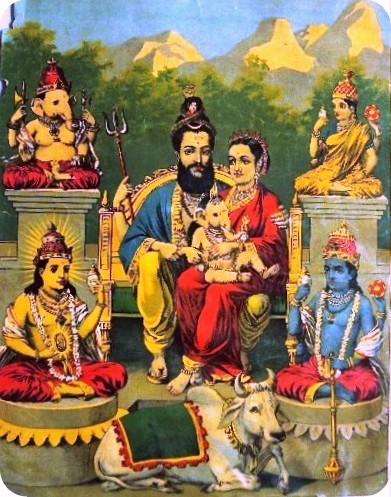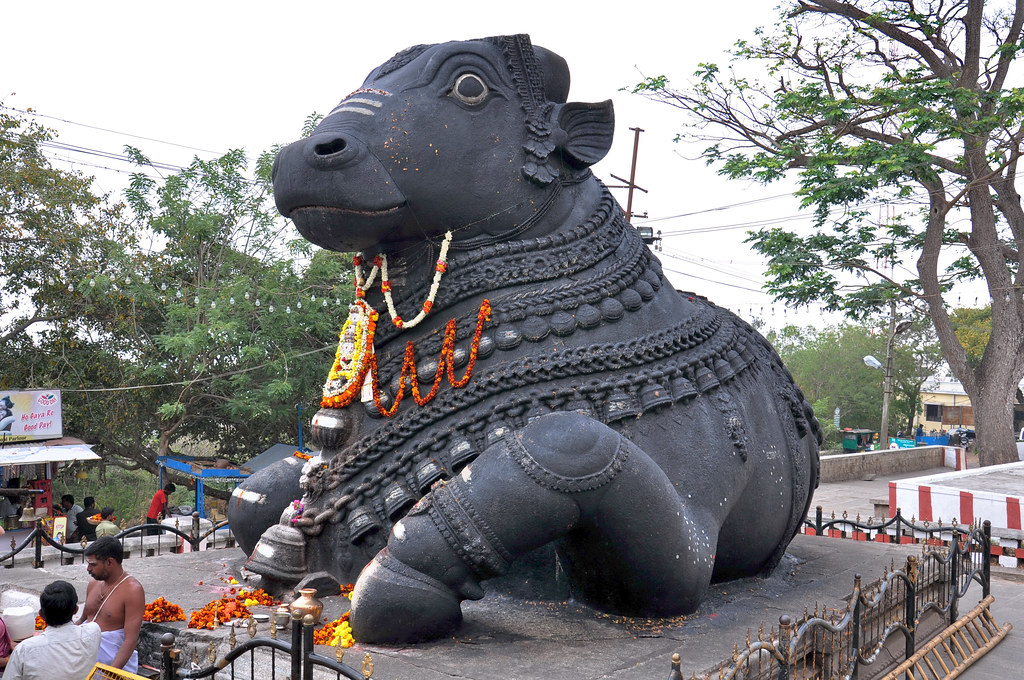Names of Lord Shiva The month of Magha is meant for the worship of Siva, Vishnu, Surya, Devi and Ganesha. Particularly the last week of this month is devoted to the worship of Lord Shiva. It is the much-awaited annual holy festival of Lord Shiva for all the Devotees of this supreme God. This is Read More
Tag: Shiva
NANDI – Vahanam of Lord Siva
Nandi Vahanam As we have vehicles to call our own, the gods and goddesses of the Hindu Pantheon too have some such thing to call their own. Like ours, theirs too differ in shapes and sizes, and they take pride in riding upon them. While the pot-bellied and elephant-faced Lord Ganesa chose a mouse for Read More
Surutapalli – The Place of Gods
Surutapalli Surutapalli is situated on the Andhra Tamilnadu border near Nagalapuram on the way to Chennai. There are many temples of Lord Shiva in our country. In most of the temples, Lord Shiva is worshipped in the form of ‘linga’. In the temple at Surutupalli, Lord Shiva appeared in the manifestation of a ‘Murthy’ in Read More


